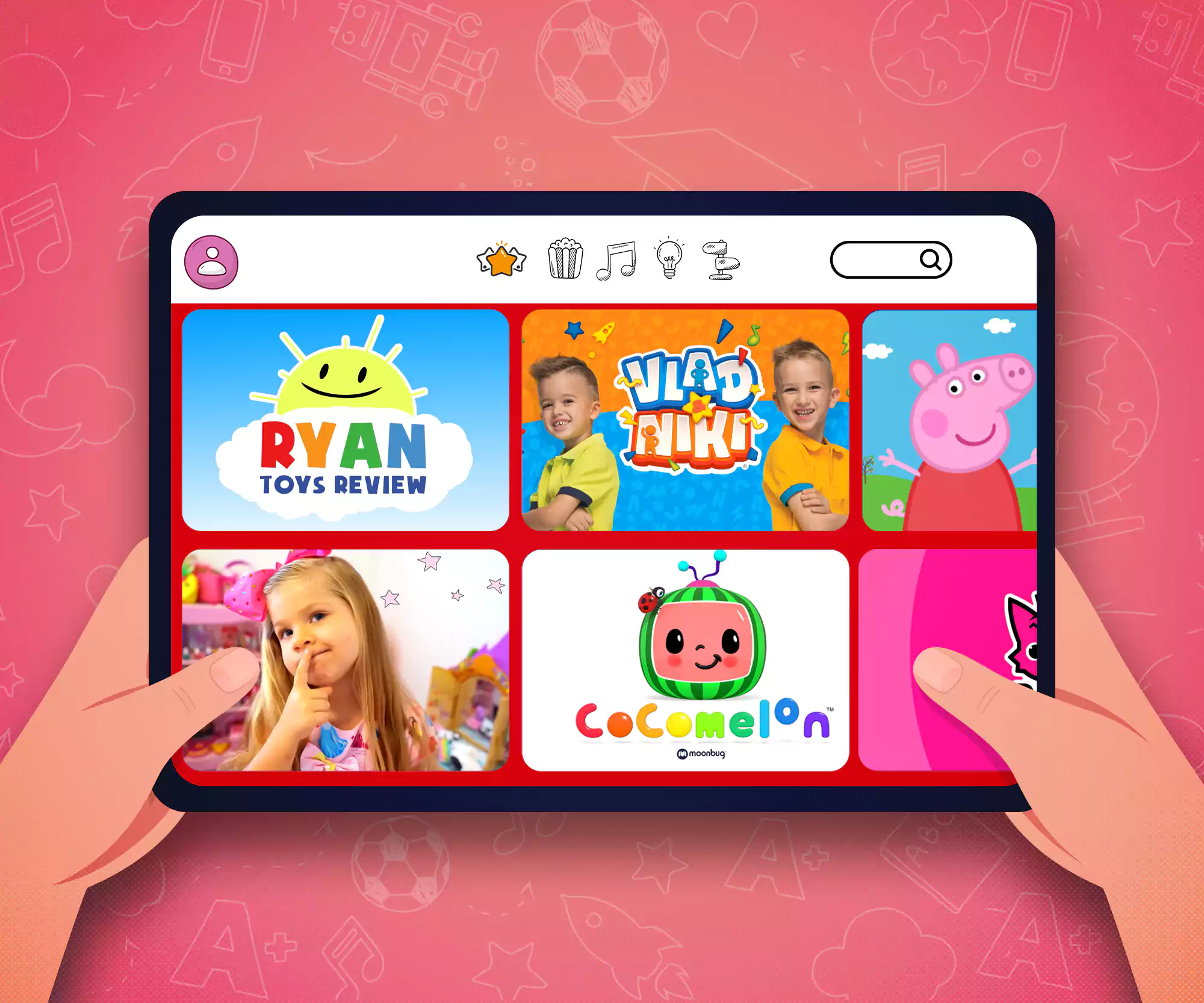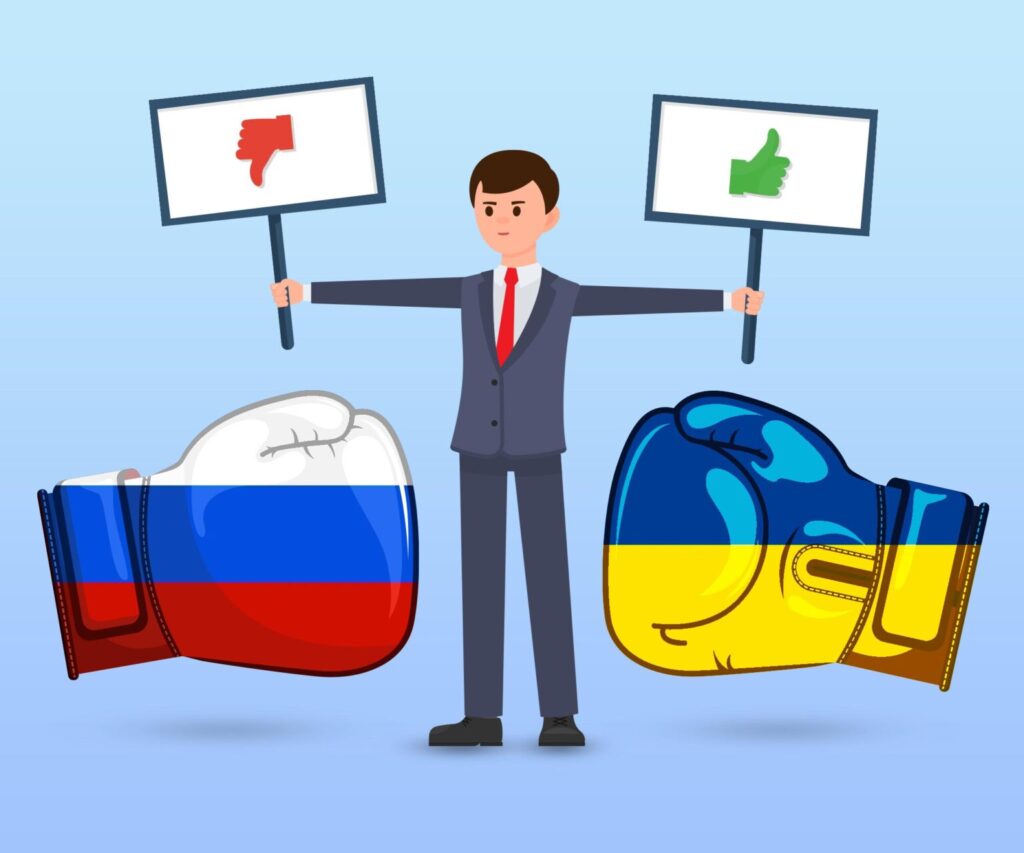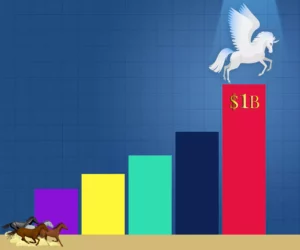
Televisions have been babysitting kids for a very long time now. However, things have started to change drastically in the past decade. YouTube has more or less replaced all the cartoon channels of our childhood. In 2015, Youtube launched YouTube Kids to help parents find a safe space for their kids to watch their videos online.
Even though there are many jokes about millennials and Gen Z making money off nonsensical online jobs, only a few YouTube channels generate sustainable revenue. Add to this the many regulations YouTube places on its creators every once in a while, and you’ll find that being a YouTube content creator isn’t as easy as it seems.
What regulates the YouTube Kids’ channels
The US Congress passed the Children’s Online Privacy Protection Act (COPPA) in 1998 to keep children safe and combat deceptive marketing techniques targeting children. However, as the internet became increasingly popular, children became more vulnerable to dodgy practices, and companies came under great scrutiny.
In 2018, the Federal Trade Commission (FTC) filed a suit against YouTube for violating COPPA. The FTC alleged that YouTube collected data from kids under thirteen without parental consent. In addition, the accounts that were viewing content meant for children were receiving targeted advertisements. As a result, YouTube paid $170 million to settle these allegations. In 2019, they came out with new measures that ensured a more secure way in which children could view content on YouTube.
In November 2019, YouTube Creators released a video detailing its steps to comply with COPPA regulations. From January 2020 onwards, standard features like personalised ads, donations, merch/ticketing shelves, comments, live chat, notification bell, Save to playlist, cards/end screens, and branding watermarks were unavailable on YouTube Made for Kids content. There was an intense apprehension regarding the change. A creator, Nintendo Base’s comment, seems to sum up the popular sentiment: “We’re content creators, not babysitters.” The video also warns creators against abuse or negligence in labelling their videos. With the threat of legal consequences, more than anything else, content creators faced the challenge of trying to make revenue without targeted ads.
The changes pushed some small players off the board. But the big players are stronger than ever. So how are these channels making money? Here are the four primary ways:
Sheer volume
Without personalised ads, ‘Made for Kids’ videos can only generate about 1/10th of what a regular video can. But unlike regular videos, its target audience is prone to and craves repetition. Subsequently, kids view the videos more times as they watch their favourite videos on a loop. In addition, daycare centres and schools use these videos as background music or to calm the kids down.
Take Cocomelon, for instance. Cocomelon is the second most viewed channel on YouTube, with a whopping 149 million subscribers. With each of its videos having millions and billions of views, the channel has become synonymous with children’s programming on YouTube. The content is highly attractive and stimulating, with scenes that change every two seconds. Additionally, the bright colours capture a toddler’s attention and keep her glued to the screen. These channels also make lengthy compilation videos out of old videos to garner even more views, along with live videos that keep playing endlessly.
Cartoons like Peppa Pig and Masha and the Bear are aired on television channels and have official YouTube pages. Multiple channels plagiarise and compile similar content to profit from these cartoons’ popularity. Popular songs like Finger Family and Baby Shark appear in various iterations. In addition, you can find versions of popular characters like superheroes and Disney princesses all over the video-sharing site. Content creators produce this kind of content in the hopes that, if a viewer watches a lot of Frozen videos their ‘Recommendations’ feed would soon begin to include some fake Elsa videos in the mix.
Product placement
Channels like Ryan’s World, Vlad and Niki, Kids Diana Show and Blu Toys Club Surprise involve opening up toys, gifts, and candy. The repetition and the continuous cycle of ‘anticipation and reveal’ attract children. Additionally, the creators can place a product quite effectively. However, you do have to enjoy a certain amount of success to be offered sponsorships in the first place. Therefore, it’s essential to have a lot of subscribers to land brand deals.
If you can hack a kid’s brain, there is no viewership more loyal than children. In fact, including ‘Made for Kids’ videos on regular channels is an excellent means of building a dedicated audience among the next generation.
Building a brand
Merchandising is the next big step for any content creator. Still, this comes with a wide range of possibilities for the big players in the children’s YouTube world. For example, 11-year-old Ryan Kaji of Ryan’s World had an annual income of $27 Million in 2021, with products ranging from T-shirts to pencils sold at popular outlets like Next, Virgin Megastore, and Centerpoint, among others. Like Nastya, Vlad and Niki, Cocomelon’s Jojo and family, Pinkfong’s fox icon, and Baby Shark feature in toys, stationery, school bags, and lunch boxes. Utilitarian products sell best because they are attractive to children and their parents, who will eventually shell out the money to buy them.
A rapidly evolving technological world means new facets in policymaking and new challenges for entrepreneurs. To face up to these and maintain relevance, content creators must roll with the times and keep their finger firmly on that pulse. And remember, kids are the future.


